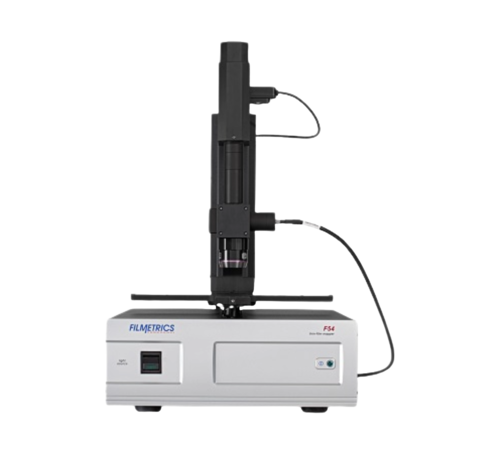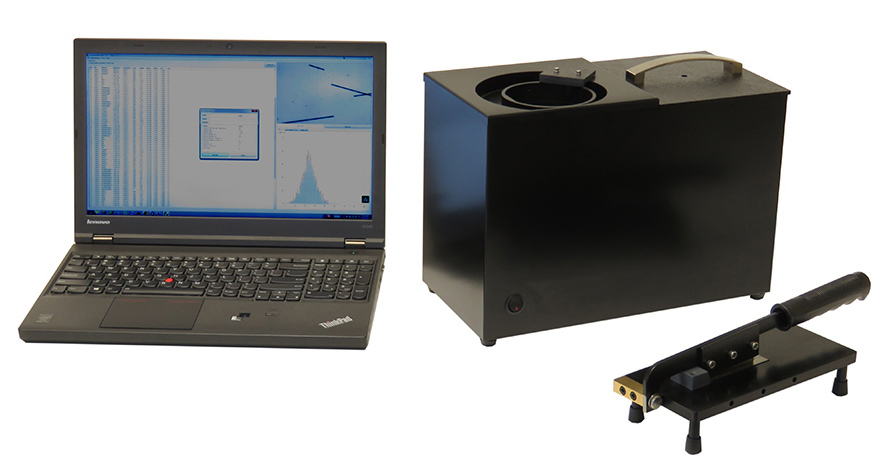Optical Fibre Diameter Analyser Devices for Lab and Field Use
Optical Fibre Diameter Analyser Devices for Lab and Field Use
Blog Article
Maximize Your Fibre Optic Performance: Understanding Optical Fibre Diameter Analyser Modern Technology
The performance of fibre optic systems is critically affected by the accuracy of their size, a variable frequently ignored in the search of ideal signal stability. Comprehending the modern technology behind optical fibre diameter analysers exposes the detailed equilibrium in between measurement accuracy and production top quality. These tools not just improve compliance with industry standards however also give real-time understandings that can preemptively attend to possible concerns. However, the effects of their use prolong past mere dimension; they can essentially modify the landscape of fibre optic effectiveness. What aspects should one consider to harness their full potential?
Significance of Optical Fibre Size
The size of optical fibre plays a vital function in figuring out the efficiency and effectiveness of communication systems. On the other hand, smaller sized diameters often tend to sustain less modes, which can boost signal clarity and minimize crosstalk.
In addition, comprehending the diameter's ramifications can cause cost savings by minimizing the demand for signal boosting and repeaters in comprehensive networks (optical fibre diameter analyser). In conclusion, the importance of optical fibre size can not be overstated, as it directly influences the overall efficiency and dependability of modern-day interaction systems

Just How Size Influences Signal Quality
Signal quality in optical fibre systems hinges considerably on the diameter of the fiber. A smaller diameter can lead to higher depletion prices, resulting in signal loss as light travels with the fibre.
Alternatively, larger sizes usually permit boosted light capture and lowered modal diffusion, boosting signal clarity. In multimode fibers, a larger core size can sustain several light settings, but it may additionally introduce intermodal diffusion, which can deteriorate signal top quality. Consequently, picking the optimum fibre diameter is essential for accomplishing the preferred efficiency in certain applications.
Furthermore, the interaction between the fibre diameter and the wavelength of the light made use of plays a critical duty in figuring out the effective transmission distance and total signal stability. Because of this, understanding how fibre size influences signal quality is necessary for network developers and designers making every effort to enhance optical fiber systems for trustworthy, high-speed information transmission.
Introduction of Diameter Analyser Innovation
In many optical fiber manufacturing processes, exact dimension of fiber diameter is vital for making certain constant performance and high quality (optical fibre diameter analyser). Diameter analysers are sophisticated tools designed to examine the physical measurements of optical fibers with high precision. They use innovative optical and laser modern technologies to gauge the diameter, ovality, and concentricity of the fibre, hence offering crucial data for top quality control
These analysers can operate in-line during the production process or as part of off-line testing procedures. In-line systems make it possible for real-time surveillance, enabling manufacturers to readjust parameters immediately, thereby maintaining ideal production problems. Off-line analysers, on the various other hand, supply comprehensive evaluations of batches, ensuring that any discrepancies from specified resistances are recognized and addressed.
Diameter analysers dramatically contribute to the decrease of flaws in optical fibers, enhancing overall product integrity. By constantly determining key parameters, these modern technologies facilitate compliance with sector requirements and specs. As the demand for high-performance optical fibres proceeds to rise, the duty of size analysers becomes progressively crucial in attaining the preferred quality and efficiency standards in fiber optic systems.
Trick Attributes of Fiber Diameter Analysers
Although various versions of fibre size analysers exist, they generally share a number of essential features that improve their capability and reliability. One of one of the most substantial attributes is high-resolution dimension abilities, which guarantee exact diameter analyses, crucial for maintaining top quality control in fiber manufacturing. In addition, several analysers integrate sophisticated optical sensing units developed to spot minute variations in fibre diameter, therefore giving very useful information for procedure optimization.
Another vital function is real-time tracking, allowing drivers to obtain instant responses on fiber diameter throughout the production process (optical fibre diameter analyser). This capability promotes quick modifications and decreases the likelihood of issues. Lots of analysers additionally come equipped with straightforward interfaces, making it possible for drivers to easily browse via data and setups outputs
In addition, durable information storage space and evaluation capabilities are necessary for tracking historic performance patterns and guaranteeing compliance with industry requirements. Some models even provide connectivity choices for assimilation into existing production control systems, enhancing general functional performance. Mobile and portable layouts allow for adaptable deployment within production atmospheres, ensuring that quality assurance processes are smooth and efficient. These attributes jointly add to the efficiency of fibre diameter analysers in optimizing fibre optic efficiency.
Ideal Practices for Fibre Optimization

First, normal calibration of optical fibre size analysers is essential. This makes sure accurate dimensions and reduces prospective disparities that might influence efficiency. Next, preserving a tidy workplace is vital; dust and pollutants can cause signal deterioration.
Furthermore, it is very important to select fibers that satisfy details application demands. This involves assessing aspects such as depletion, bandwidth, and environmental conditions. Proper installment strategies should likewise be stuck to, including preventing sharp bends and too much tension, which can jeopardize fibre stability.
Additionally, using advanced surveillance systems can facilitate real-time performance analyses, making it possible for punctual recognition of problems. Normal testing and upkeep need to be conducted to ensure that fibres continue to be within optimal functional parameters.
Lastly, training workers on the current fibre optimization technologies and methodologies will certainly boost their capacity to carry out efficient techniques. By following these ideal techniques, companies can considerably enhance the performance and life-span of their optical fiber systems, making sure effective communication and data transfer.
Conclusion
In final thought, the integration of optical fiber diameter analyser innovation is important for maximizing fibre optic performance. By guaranteeing exact dimensions of fibre dimensions, advice these analysers substantially boost signal high quality and decrease losses during information transmission.
Signal high quality in optical fiber systems pivots considerably on the size of the fibre.In many optical fiber manufacturing processes, precise measurement of fiber diameter is essential for making sure consistent performance and quality. As the demand for high-performance optical fibres continues to rise, the function of diameter analysers ends up being significantly crucial in attaining the desired quality and performance requirements in fiber optic systems.
These features jointly add to the efficacy of fibre diameter analysers in optimizing fibre optic efficiency.
In conclusion, the combination of optical fiber size analyser technology is critical for taking full click to read advantage of fiber optic efficiency.
Report this page